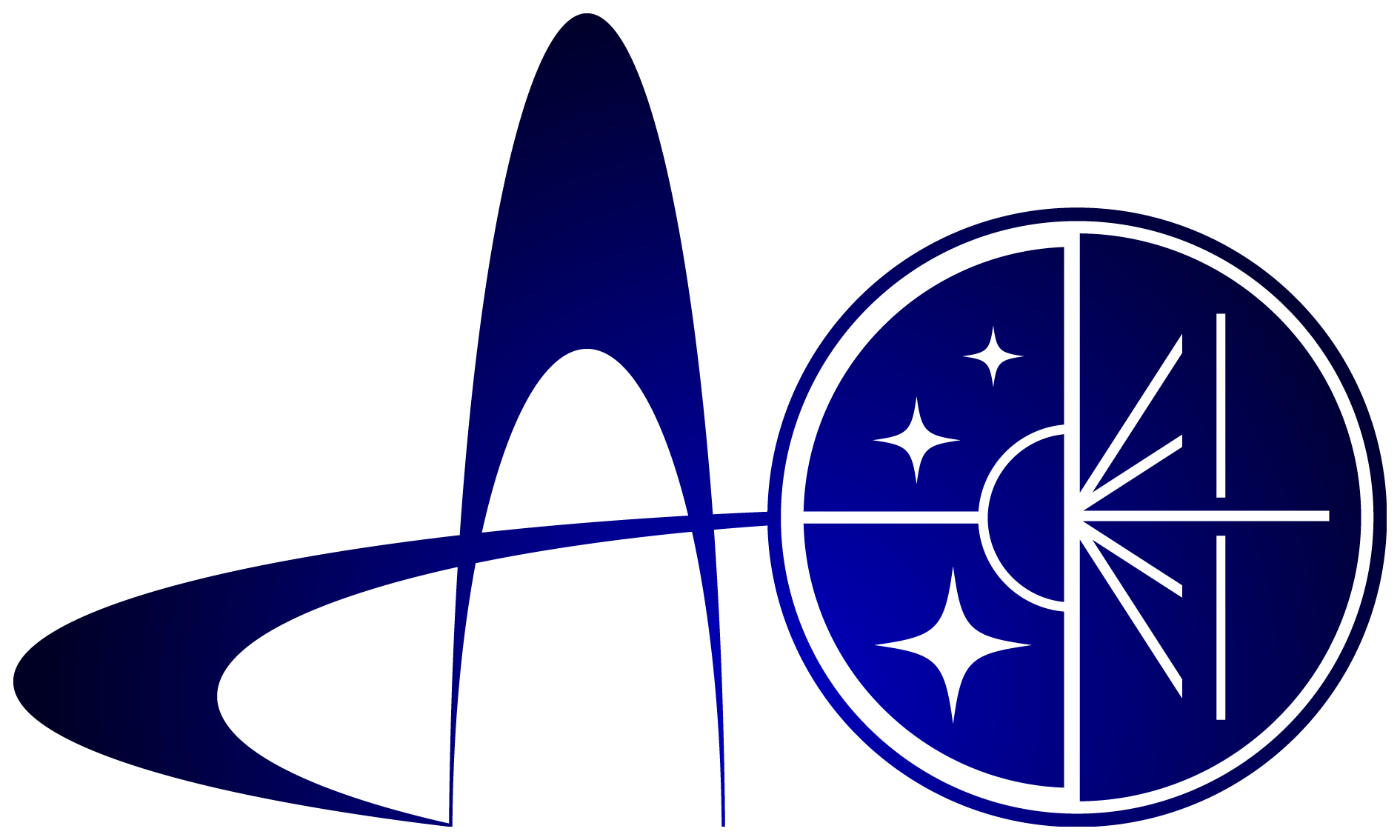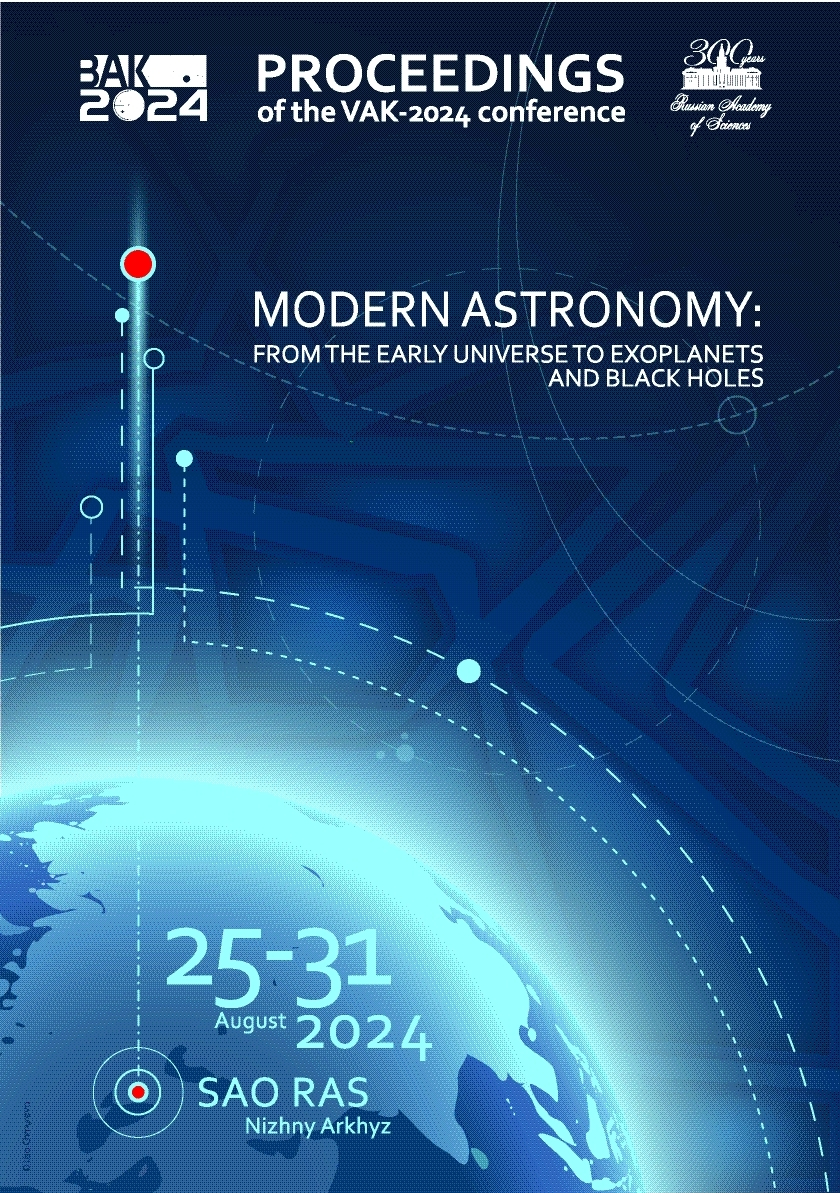Faculty of Physics, Moscow M.V. Lomonosov State University
UDC 53
UDC 520
UDC 521
UDC 523
UDC 524
UDC 52-1
UDC 52-6
CSCSTI 41.00
CSCSTI 29.35
CSCSTI 29.31
CSCSTI 29.33
CSCSTI 29.27
CSCSTI 29.05
Russian Classification of Professions by Education 03.06.01
Russian Classification of Professions by Education 03.05.01
Russian Classification of Professions by Education 03.04.03
Russian Library and Bibliographic Classification 2
Russian Library and Bibliographic Classification 223
Russian Trade and Bibliographic Classification 614
Russian Trade and Bibliographic Classification 6135
BISAC SCI004000 Astronomy
BISAC SCI005000 Physics / Astrophysics
We present a study of the dynamics of multi-component models of spiral galaxies at different stages of grand mergers. The numerical models include a self-consistent account of the dynamics of collisionless stellar subsystems and N-body dark matter, as well as gaseous components. The calculation of gas heating and cooling processes allows us to consider a wide temperature range from 80 to 100 thousand degrees. The use of the method of Smoothed-particle hydrodynamics to solve the hydrodynamic equations makes it possible to follow the evolution of the gas of each galaxy, calculating the content of gaseous components of each object in the process of complex exchange of matter. The gravitational interaction is determined in a direct way by summing the contributions according to Newton’s law, which minimizes the modeling error. This requires significant computational resources using graphics accelerators on a hybrid computing platform CPU + multi-GPUs. The study aims to reconcile theoretical models with the morphology and kinematics of a number of observed systems. In particular, Taffy-type objects are considered, where two galaxies are connected by a gas bridge with a characteristic small-scale gas structure after the disks have passed through each other in an approximately flat orientation. Examples of such systems are the observed galaxy pairs UGC 12914/UGC 12915, NGC 4490/NGC 4485, UGC813/UGC816 etc.
galaxies: interactions, evolution, structure
1. Appleton P.N., Lanz L., Bitsakis T., et al., 2015, Astrophysical Journal, 812, 2, id. 118
2. Condon J.J., Helou G., Sanders D.B., et al., 1993, Astronomical Journal, 105, 5, p. 1730
3. He C., Xu C., Lisenfeld U., et al., 2024, Research in Astronomy and Astrophysics, 24, 5, id. 055005
4. Joshi B.A., Appleton P.N., Blanc G.A., et al., 2019, Astrophysical Journal, 878, 2, id. 161
5. Khoperskov A.V., Khrapov S.S., Sirotin D.S., 2024, Galaxies, 12, 1, id. 1
6. Khoperskov S., Zinchenko I., Avramov B., et al., 2021, Monthly Notices of the Royal Astronomical Society, 500, 3, p. 3870
7. Lisenfeld U., Xu C.K., Gao Y., et al., 2019, Astronomy & Astrophysics, 627, id. A107
8. Titov A.V. and Khoperskov A.V., 2022, Vestnik St. Petersburg University, Mathematics, 55, 1, p. 124









